AI and Boudoir: The Dangerous Rise of Digital Deception
Is this real… or just AI magic?
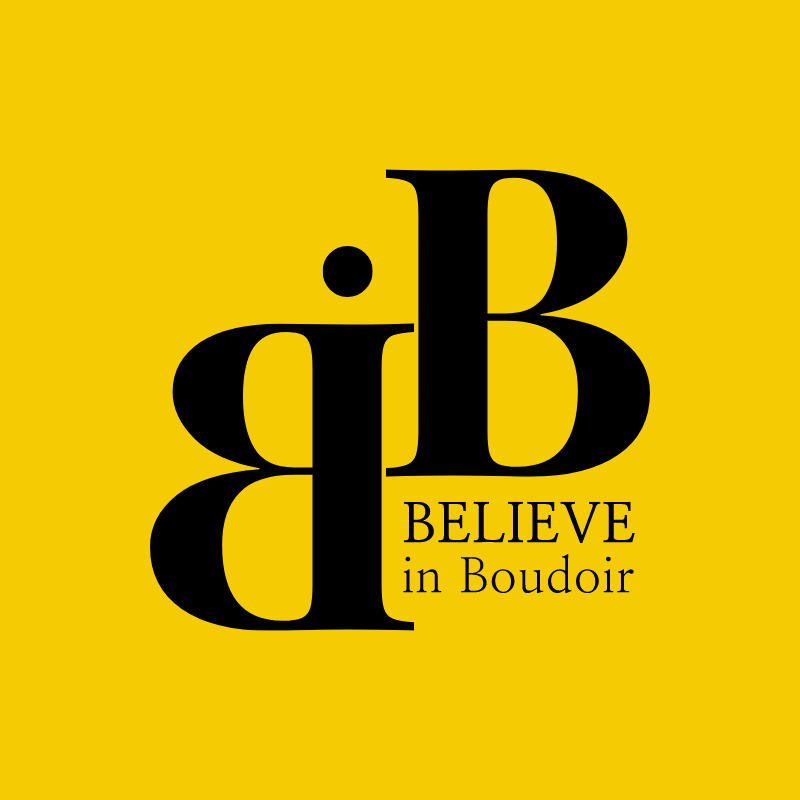
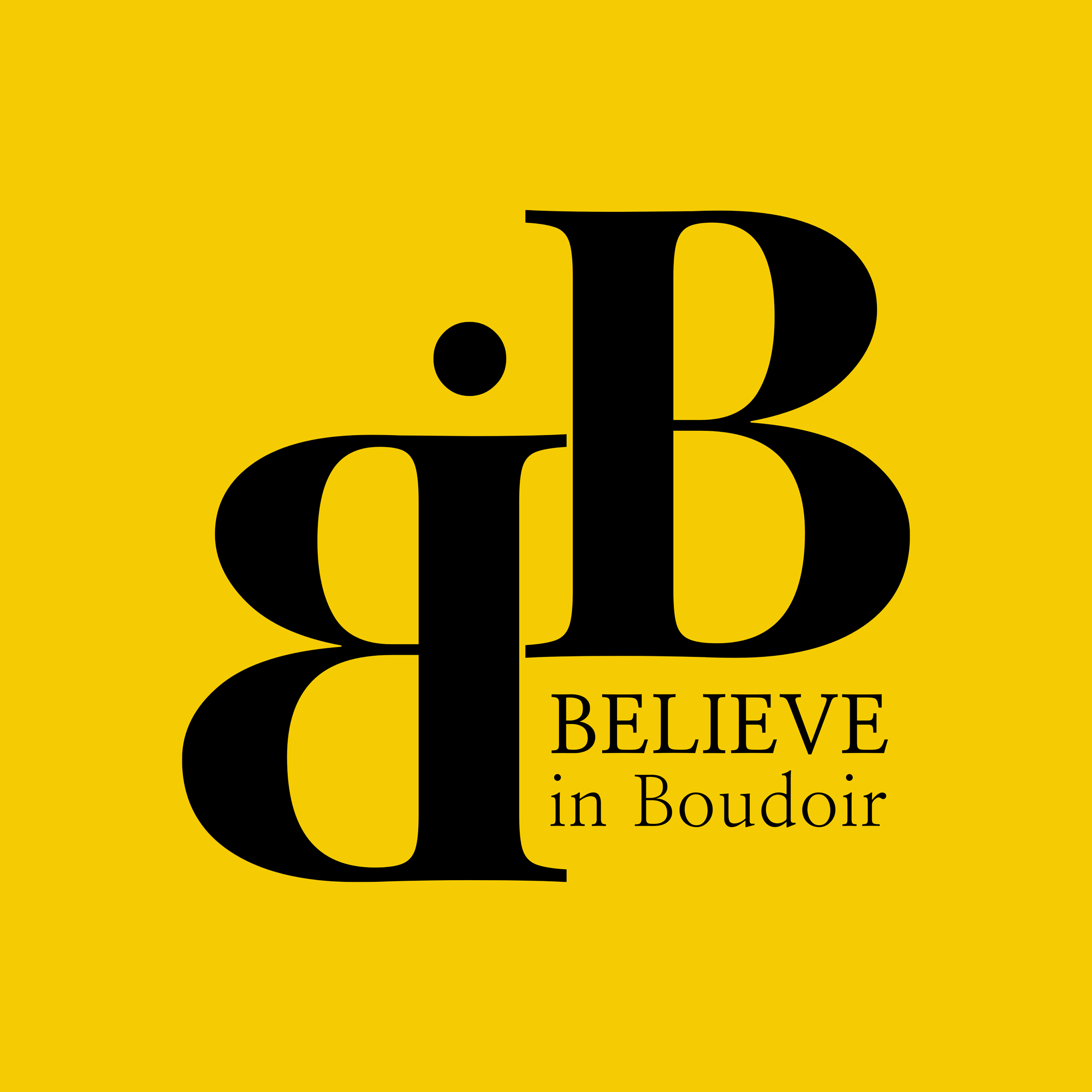
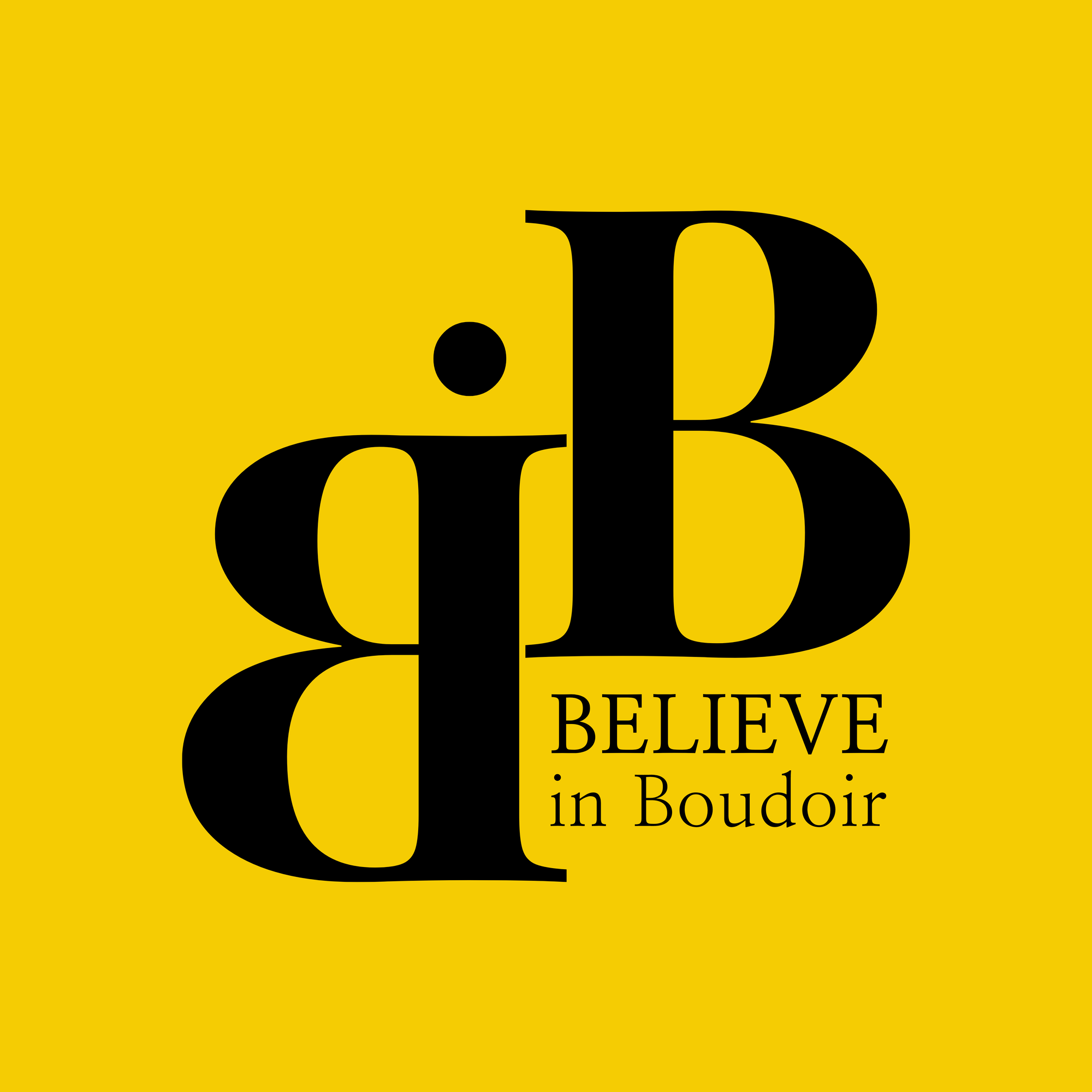
Is this real… or just AI magic?

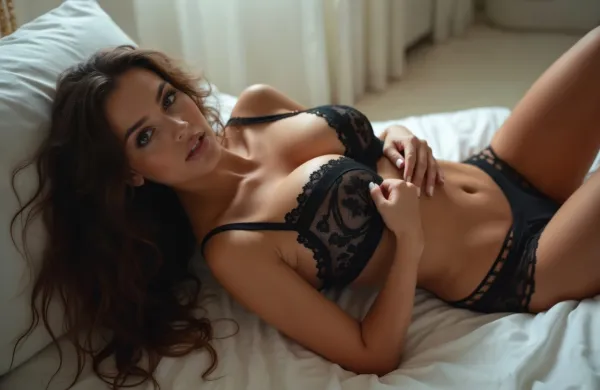
Artificial Intelligence has exploded across every creative industry—but when it comes to boudoir photography, the impact isn’t just disruptive… it’s dangerous. What was once an intimate, healing experience for women is now under threat by faceless algorithms, fake beauty, and digital deception.
Here are three critical ways AI is negatively affecting boudoir photography—and why photographers and clients must protect the art-form now more than ever.
Clients no longer need to book a boudoir session to "see themselves" in lingerie. With AI tools available at a click, anyone can upload a selfie and generate highly stylized images in designer lingerie, custom lighting, and artistic poses—all without ever stepping into a studio or spending a dollar.
While it may sound convenient, this bypasses the very core of boudoir photography: the transformational experience.Boudoir is not just about the end result. It’s the vulnerability, the empowerment, the trust, the journey of seeing yourself through someone else’s artistic lens.
AI cheats the process—and the person.
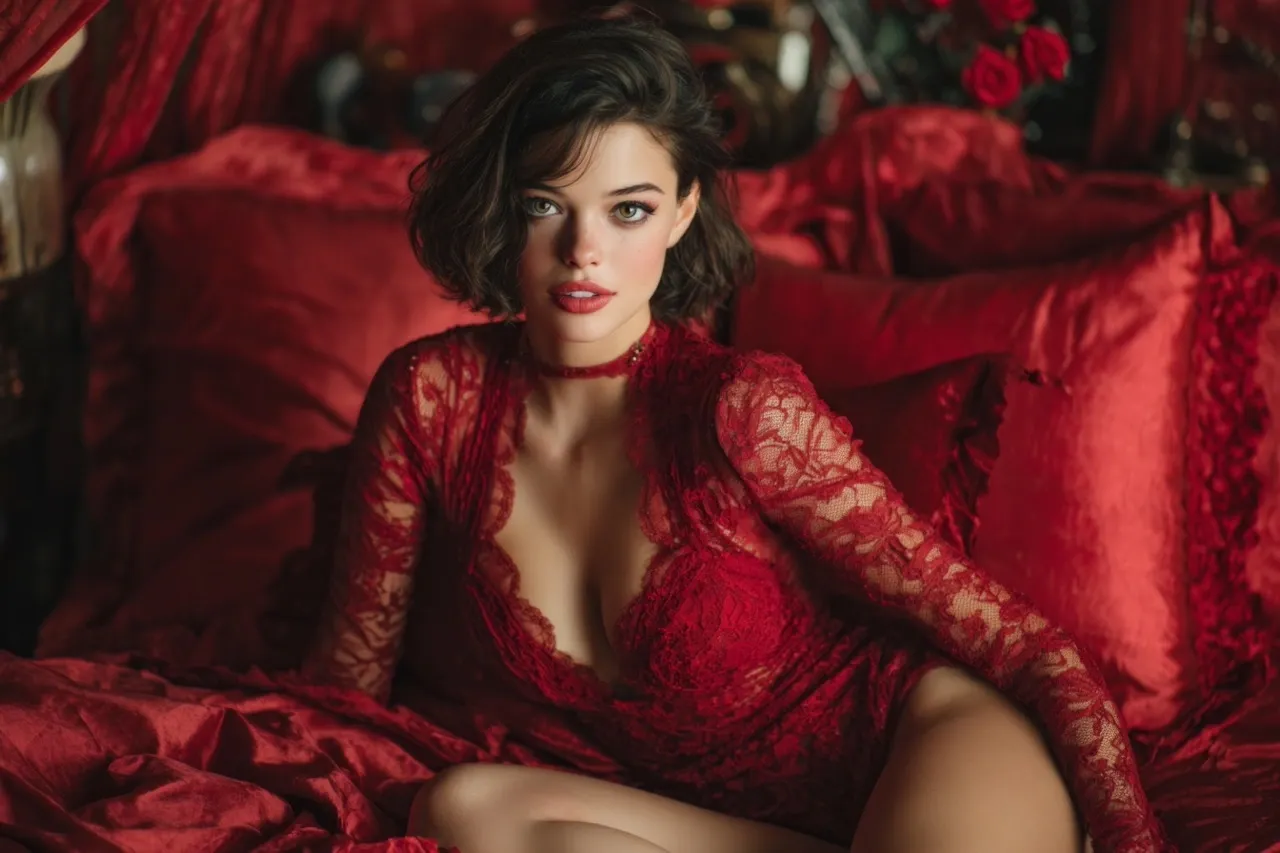
One of the darkest realities of AI in photography is its abuse by online predators. Using nothing more than a screen-captured image or public profile picture, malicious users can now generate hyper-realistic fake nude images of unsuspecting women.
This isn’t a hypothetical threat—it has happened to real photographers, including Yuliya Panchenko, founder of Believe in Boudoir. A screenshot of her was used online to create a completely fabricated, nude version of her body using AI—and distributed across fake accounts for financial gain.
This is more than unethical. It’s illegal, invasive, and traumatizing. The implications reach far beyond the photography community, posing a severe threat to privacy, consent, and public trust—especially for those in the boudoir space.
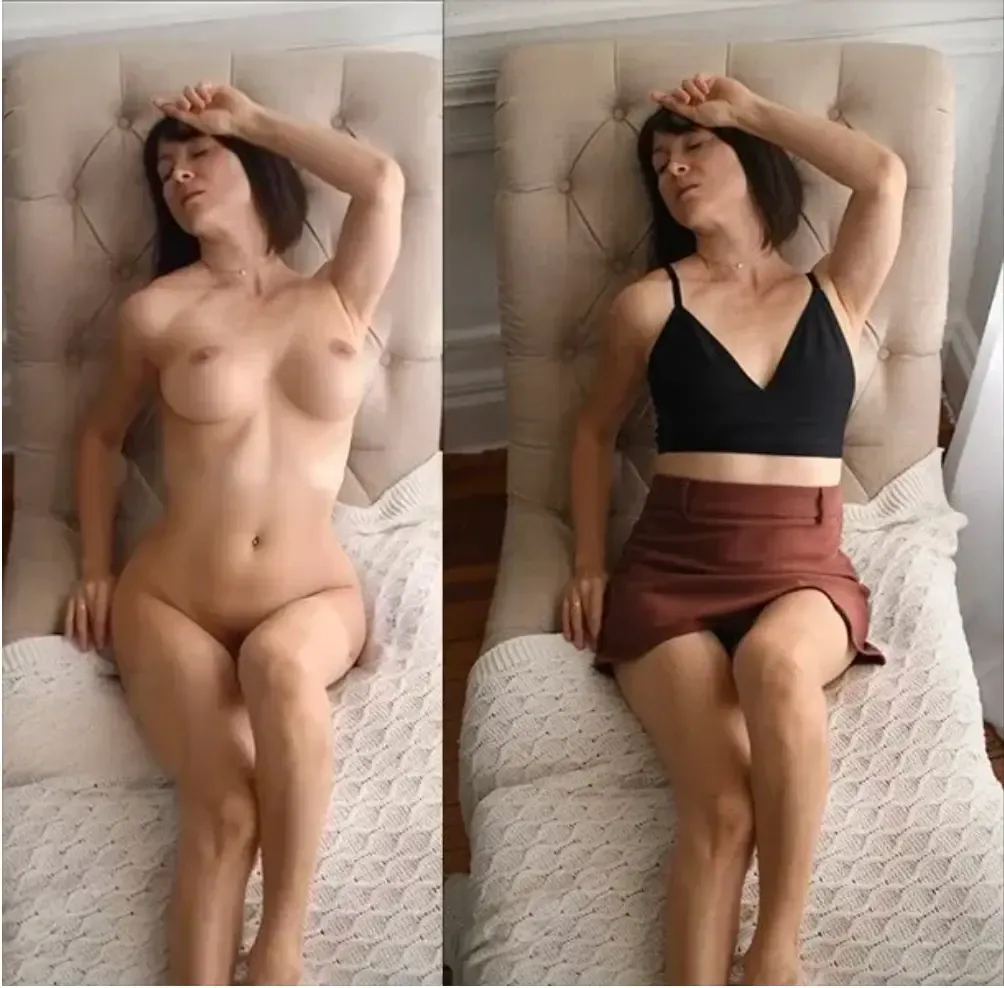
AI-generated boudoir images are so perfect—so flawless—that many women begin to feel like their real bodies aren’t enough. They scroll Instagram or TikTok, unaware that the “perfect” images they’re seeing were never created with a camera or a real person. As a result, confidence plummets.
The goal of boudoir has always been to celebrate the real woman—the body that’s been through joy, grief, childbirth, success, and heartbreak. When AI becomes the dominant standard of beauty, real women begin to believe they must compete with fantasy instead of embrace their truth. This is everything boudoir was built to dismantle.
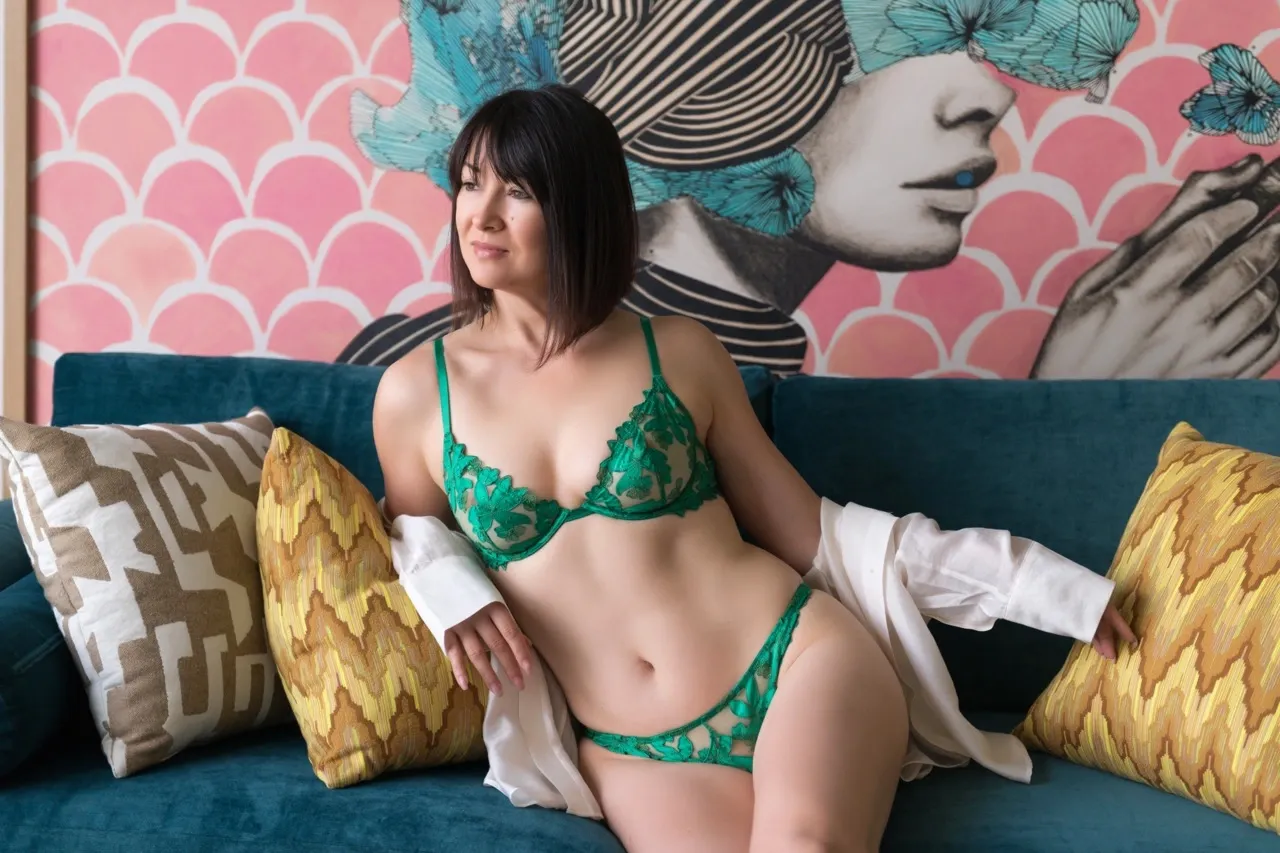
No. Absolutely not.
Boudoir photography is not a product—it’s an experience. It’s a deeply personal journey that offers healing, boosts confidence, celebrates milestones, and captures intimacy in its most raw and powerful form. It's not about creating an image; it's about witnessing a transformation. Boudoir is legacy work. It leaves behind more than photographs—it leaves behind truth.
You can’t automate goosebumps. You can’t code emotional connection. And you certainly can’t use AI to replicate the trembling joy of a woman seeing herself as art for the very first time.
In fact, more women today are specifically requesting minimum retouching in their boudoir images. They want to see their real selves—unfiltered, honest, and strong. They’re choosing authenticity over illusion. They’re craving connection, not perfection.
Photographers who understand this—who have mastered the art of lighting, posing, trust-building, and emotional storytelling—will never be replaced by AI. The only ones at risk are the cookie-cutter photographers who rely on presets, quick edits, and offer little value beyond digital manipulation. Those who fail to offer depth, experience, and vision may be easily replaced. But those who see boudoir as art, intimacy, and legacy will always have a place in the future of this genre.
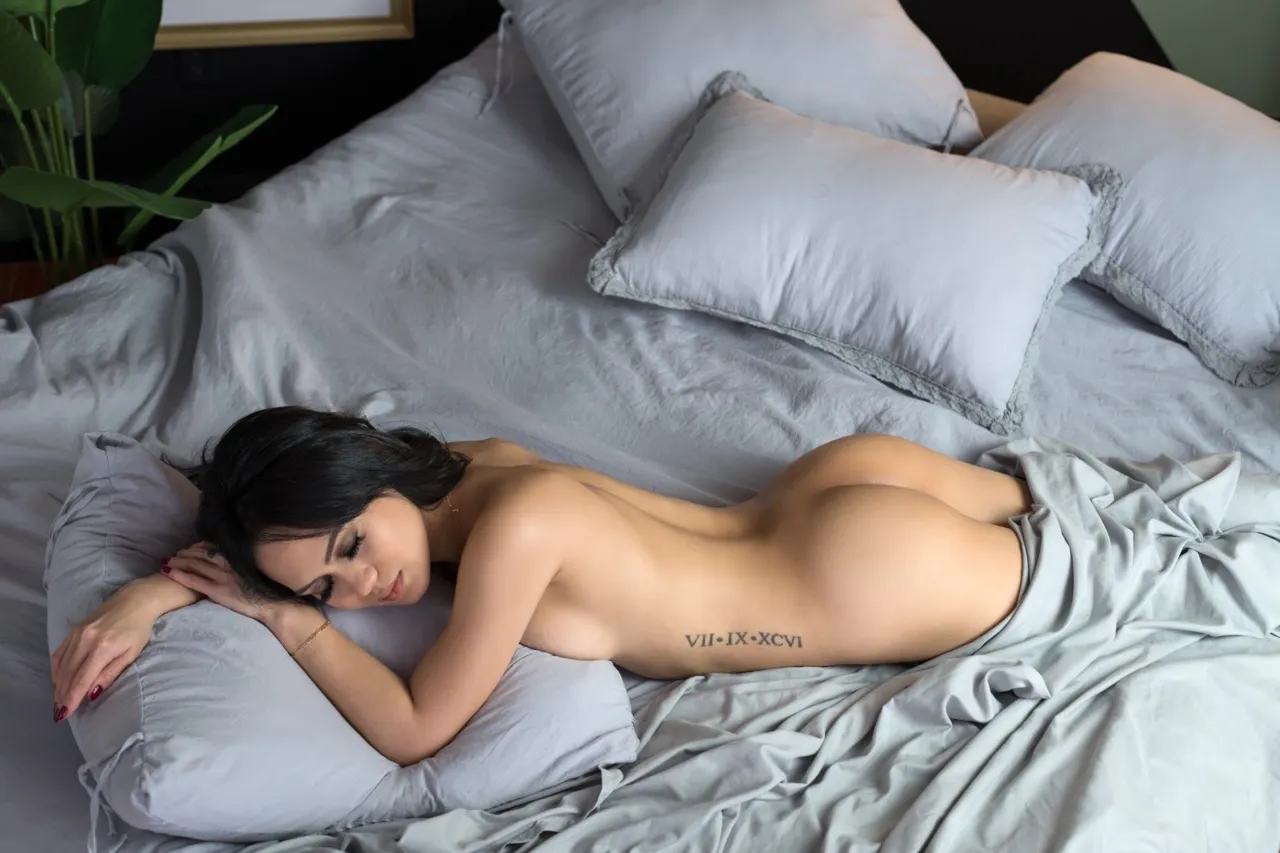
Artificial intelligence can create beautiful illusions. But it cannot create transformation. Boudoir photography is sacred work—it’s emotional, empowering, and deeply human. It documents life’s milestones. It rebuilds shattered confidence. It reminds women they are already enough—no edits, no filters, no fantasy needed.
As AI continues to evolve, photographers must double down on what truly makes boudoir irreplaceable: trust, connection, experience, and artistry. The more the world is flooded with fantasy, the more powerful truth becomes.
Yuliya’s AI vs. her real boudoir self-portrait. Which one tells the real story? Comment below—can AI ever replace authenticity?
Learn Boudoir Photography on BIB TV